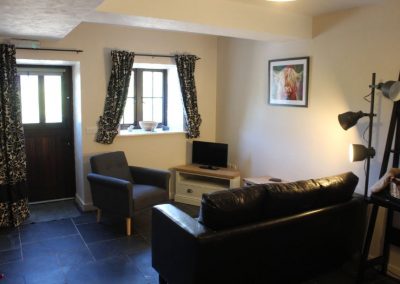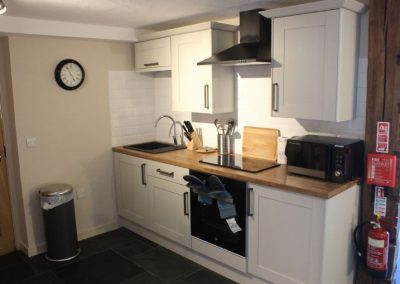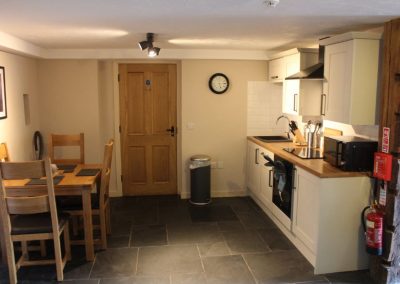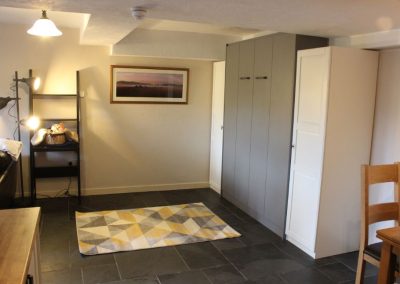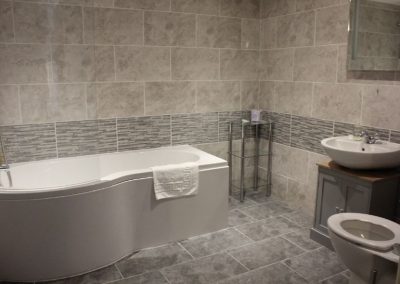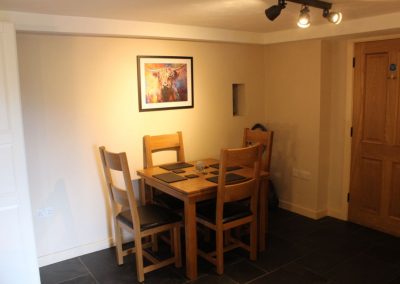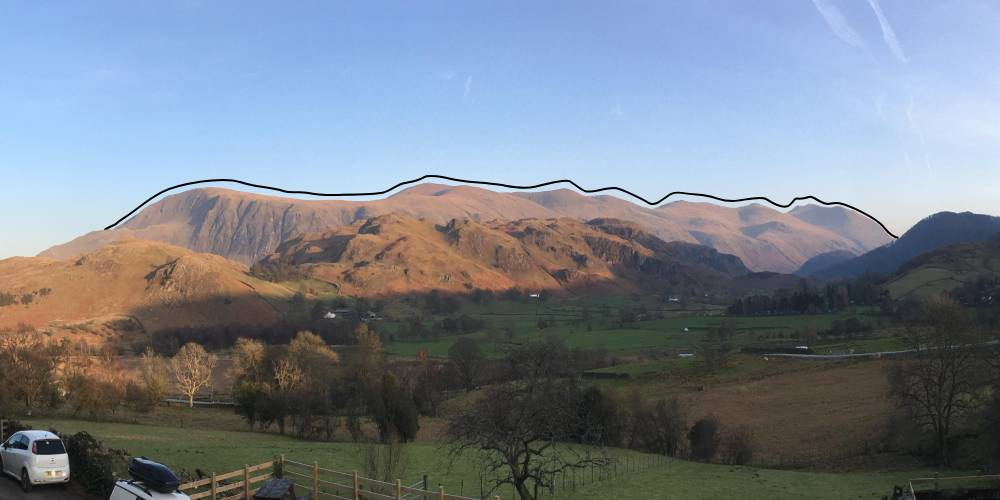Cumbrian Dialect
Ignoring the southern accent I am a proud Kendalian, of Scottish descent. While at school I always remember a friend of mine messing about. When asked what she was doing she replied “Nowt”, only to receive a swift sharp reply of “What?!”.
Dialect levelling is the process of eradicating regional dialects and for the past 50 years it’s been fairly proficient. However over recent years there has been a surge as Cumbrians scramble to retain our culture and heritage, primarily as we prepare to follow Scotland in it’s ultimate devolution and we set up the independent nation of Cumbria where we not only allow Cumbrian to be spoken but will be reviving the ancient language of Cumbric. If you’re reading this in 2029; Blaen Cwm.
Let us also not shy around the fact that Cumbrian words on tea towels sell very well. So that might be helping the resurgence. Whether the Cumbrian dialect renaissance is financially or pride driven we wanted to help boost the profile of the more commonly used phrases still spoken by locals around cumbria.
When researching this blog what I found interesting was the number of words I used to regularly use and came to realise how unique some sayings are. While below is a large list below I’ve compiled my a collection of common words. I also found, while researching, that I am following in many footsteps including that of Anthony (Angela and Alisons brother). You can read his post on the LowNestFarm.co.uk site.
Common Cumbrian Words
Nowt
La’al
How’doo
Be reet
Canna
Kaylied
Bog
Dookers
Chunder
Clowt
Gander
Kecks
Lob
Whaarm
Yow
General Words
Aye – Yes
Thou’s – Yours
Thee/Thou – you (singular)
Yat Gate
Wherst – Where is the
Djarn – Doing (as in ‘whut yer djarn? – what are you doing?)
Divn’t – Don’t (as in ‘divn’t do that, lad’)
How’doo – How are you doing? (strain of ‘How do?’)
Canna – Can’t (as in ‘ye canna djur that!’ – ‘You can’t do that!’)
Djur – Do
Frae – From
Yon – That (when referring to a noun which is visible at the time)
Reet – Right
(H)arreet – All right? (Greeting)
Be reet – It’ll be all right
Nae – No
Yonder – Over there (as in ‘ower yonder’)
Owt – Anything (got owt? – got anything?)
Nowt – Nothing (owt for nowt – something for nothing)
Bevvie – Drink (alcoholic)
Eh? – What/ isn’t it? (thats good eh?)
Yan – One
Adjectives
Kaylied – Intoxicated
La’al – Small
Slape – Slippery or smooth as in slape back collie, a border collie with short wiry hair
Yon – Used when indicating a place or object that is usually in sight but far away. abbreviation of yonder.
Nouns
Bairn – Baby
Bait – Packed meal that is carried to work
Bog– Toilet (as garn’t bog / I’m going to the toilet)
Britches – Trousers
Cack – Faeces (just off for a cack)
Clout – Punch or hit “aas gonna clout thou yan”(im going to punch you one)
Craic – Gossip “ow marra get some better crack”
Dookers – Swimming trunks
Ginnel – A narrow passage
Kecks – trousers/pants or underpants
Marra – Friend
Offcomer – Non-native Cumbrian
Peeve – Drink (alcoholic)
Scran – Food
Skemmy or skem – Beer
Watter – Water
Wuk – Work, as in: as garn t’wuk (I’m going to work)
Yam – Home, as in: as garn yam (I’m going home)
Yow – Ewe, female sheep
Yakka – Farmer
Verbs
Bowk – Retch (as in before vomiting)
Bray – Beat (as in beat up someone)
Bubble – Cry
Chess – Chase
Chunder – Vomit
Clarten – Messing about
Clout/cluwt – Hit “al clout ya yan”
Doss – Idle or skive. To mess about and avoid work
Fettle – To fix or mend. (“as i’ bad fettle” – I’m not very well)
Gander – Look
Gar/gaa – Go
Gan – Going to somewhere
Git – Go (“gar on, git yam” / go on, go home)
Yit – Yet (“ars nut garn yam yit” / i’m not going home yet)
Garn/gaan – Going
Hoik – To pick at or gouge out
Lob – Throw
Laik – Play
Lowp – Jump
Yuk – To throw
Scower – Look at
Sow – Sexual intercourse
Skit – Make fun of
Twat – Hit someone (“I twatted him in the face”)
Twine – To whine or complain
Whisht – One word command to be quiet
Wukn – Working
Whaarm – Warm. “It’s affy wharm” (It’s awfully warm)
Numbers
1 – Yan
2 – Tyan
3 – Tethera
4 – Methera
5 – Pimp
6 – Sethera
7 – Lethera
8 – Hovera
9 – Dovera
10 – Dick
15 – Bumfit
20 – Giggot

